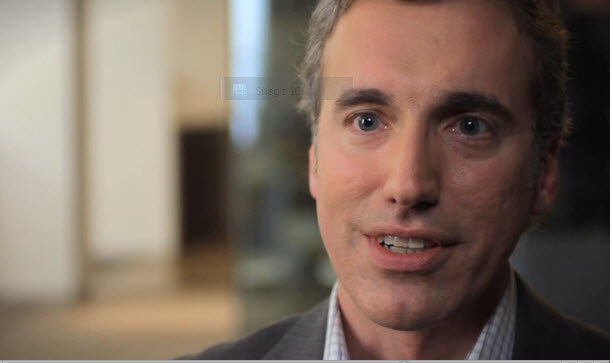
Let’s be clear about one thing: Any kind of digital marketing execution — from an online banner to a mobile app to a Facebook page to a transactional, e-commerce website — is software development. Period.
These executions all require coding, which needs quality assurance, and all are “launched” in some way, which necessitates moving files and post-live testing. So, congratulations: Whether you know it or not, you’re all software developers.
But here’s the rub: you’re also marketers. And marketing timelines and software-development timelines simply do not mix. Traditional software-development processes typically involve long, rigorous release cycles, while marketing timelines are typically crunched, requiring last-minute changes and immovable launch dates (like going to the gym: if it doesn’t hurt, you’re doing it wrong).
This is not to say that either process is right — each has its pros and cons. But when these two paradigms collide, as they do every day in the digital marketing space, sparks will fly.
The traditional software process is often called “waterfall” due to the multiple over-the-wall hand-offs between disciplines throughout the process (i.e., marketing to strategy to planning to visual to copy to tech to QA to launch). Of course, by the time you’ve gotten from point A to point Z, months have gone by and the strategy has changed multiple times, leading to last-minute revisions, endless tweaks, and a launch that has likely caused sleepless nights all around.
Much has been made of the agile development methodology, which, simply put, favors short and iterative release cycles (called “sprints”). Each sprint comes with a specific, demonstrable development goal. Using agile can definitely decrease the likelihood of launch debacles, but it should not be mistaken for a cure-all.
Agile requires its own level of rigor — in some respects, even more so than waterfall. It should not be seen as a shortcut, by any stretch of the imagination (you can’t cut corners until you know where the corners are). Above all, agile development requires that every discipline — client and agency alike — buys into the process and lives it. Saying you’re agile and being agile are two different things.
The key to agile is to embrace it. Don’t just talk about agile; do it. Iterate constantly. Launch, then relaunch. Don’t fear being in beta; love it. Gmail was in beta for a year before officially launching. Facebook releases 60 new updates each day: its platform is happily in continual beta — or in some cases, alpha.
Regardless of the development methodology you choose, you need to embrace a fundamental principle of software development: What you’re creating is alive.
Digital marketing isn’t a print ad or a TV spot that you can proof and put out in the market once and for all. It is a living, evolving thing. And like any living thing, it will have flaws. And that’s OK. Software bugs are like opinions: everyone’s got ’em.
Too often, I still see big launch dates with a “launch and walk away” approach. Or a launch date with a single maintenance release a week later as a concession to iteration. As soon as you’ve chosen a launch date, you should choose a soft launch date — and maybe several in between. You’re creating something here, building something that can live on, take shape as your audience interacts with it.
Start by blue-skying it: what’s your ideal end state? Next, determine what you absolutely need to achieve to get started — and begin building. Don’t wait. Get into the medium as soon as possible. Get reactions from your customers and keep building.
Love beta because we’re all beta. It’s not about a finished product; it’s about providing a continually engaging experience. You don’t get to the Super Bowl without winning games along the way. Like software development — and life — marketing success is not a destination; it’s a journey.
Joe Lozito is svp of technology at Digitas.
More in Marketing

Why the New York Times is forging connections with gamers as it diversifies its audience
The New York Times is not becoming a gaming company. But as it continues to diversify its editorial offerings for the digital era, the Times has embraced puzzle gamers as one of its core captive audiences, and it is taking ample advantage of its advantageous positioning in the space in 2024.

Why B2B marketers are advertising more like consumer brands to break through a crowded marketplace
Today’s marketing landscape is more fragmented than ever. Like consumer brands, business brands are looking to stand out in a crowded and competitive marketplace, making marketing tactics like streaming ads, influencers and humorous spots more appealing.

As draft puts WNBA in spotlight, the NBA is speeding up ballplayers’ transition to creators
The NBA’s star athletes are its greatest marketing asset.





